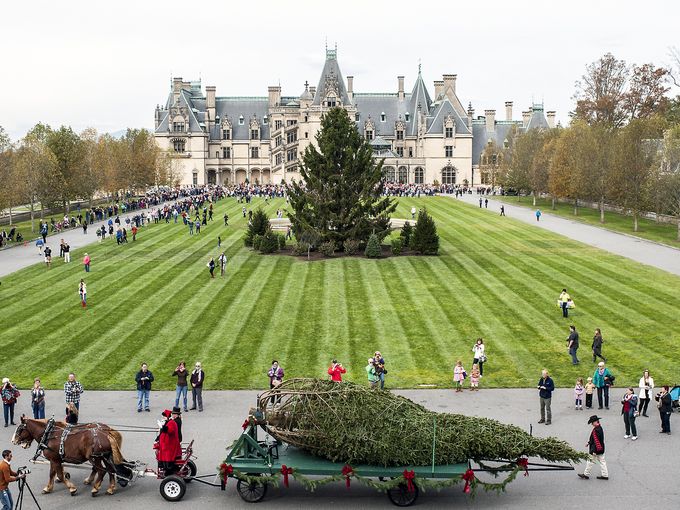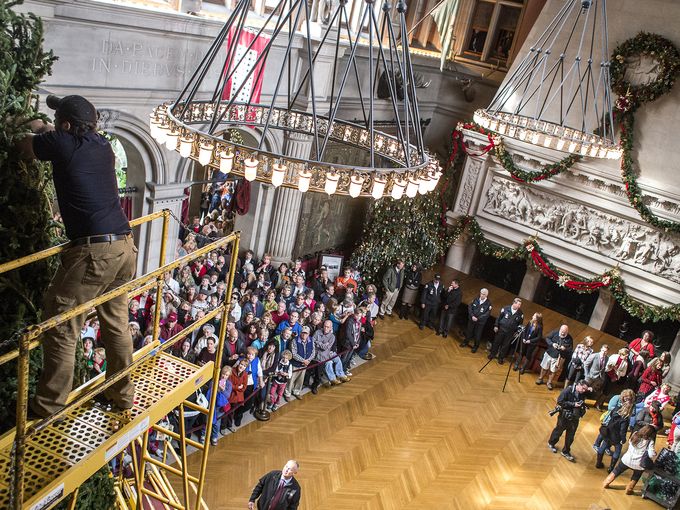Even the rich and powerful George Vanderbilts of the world have to pay property taxes, but when their property is a national treasure like Biltmore House, figuring out how much it's worth is complicated.
Buncombe County appraisers were tasked with putting a price tag on America's largest private residence with its 250 rooms and approximately 135,000 square feet built in 1895 and styled after a French Renaissance chateau. The numbers released this week put the house's value at about $37 million and the approximately 2,194 acres on which it sits at more than $64 million. Considering the hotels, restaurants, outbuildings and private residences, the total value of the public areas of Biltmore Estate is nearly $300 million, according to the tax department.

Biltmore Company and its related groups hold about 8,000 acres of property, but it's divided up into multiple properties, some of which are not held by the Biltmore Company. George Vanderbilt's heirs divided the assets into multiple companies, including the Biltmore Company and Biltmore Farms, in 1979. The largest portion of the estate, west of the French Broad River, is held by West Range LLC and valued at about $78 million, which is not included in the $300 million. Most of that property is not open to the public on a regular basis.
Keith Miller, who oversaw the tax department appraisal, said appraising Biltmore Estate is "one of the most complex tasks that we have."
Like other properties in Asheville, Biltmore Estate has appreciated since the last reappraisal was released in 2013. The land immediately surrounding Biltmore House (2,194 acres) increased in value by 40 percent, and the value of the buildings on that land, including Biltmore House but not the hotels, increased by 27 percent. These increases are consistent with the overall average increase in property values in Buncombe County of 24 percent.

The Inn on Biltmore Estate appreciated about 26 percent since 2013, up to $46.6 million. The new Village Hotel is valued at about $34 million, an increase of about 6 percent since it was assessed upon opening last year.
So where did the $37 million price tag for the 1895 Biltmore House come from? Miller said the tax department was not counting light fixtures and valuing wood inlays, contrary to what the public might imagine. Appraising Biltmore House has more in common with appraising a factory or a big box store than with a typical residence, he said.
“Comparables for the house are pretty much nonexistent, at least in America," he said. “Really you’ve got to go somewhere out of this country to see a chateau like that."
Instead of searching the French countryside for comparables, they examine Biltmore's revenues to determine a value. Square footages are recorded, but they're not as relevant as they would be to a residential appraisal, Miller said.
“We do it with consideration that it will probably never be a residence again," he said. "The house has a tremendous amount of functional obsolescence in it."
As for the Biltmore Company itself, it's not concerned with value, said Kathleen Mosher, director of communications. It doesn't sell property.
“As a national historic landmark, we’re in the business of preserving things for generations, so it’s not something that is our focus," she said. "Our focus is preserving these objects and preserving the estate for generations to enjoy, so if valuations need to take place, those external people seeking those valuations do them themselves.”

